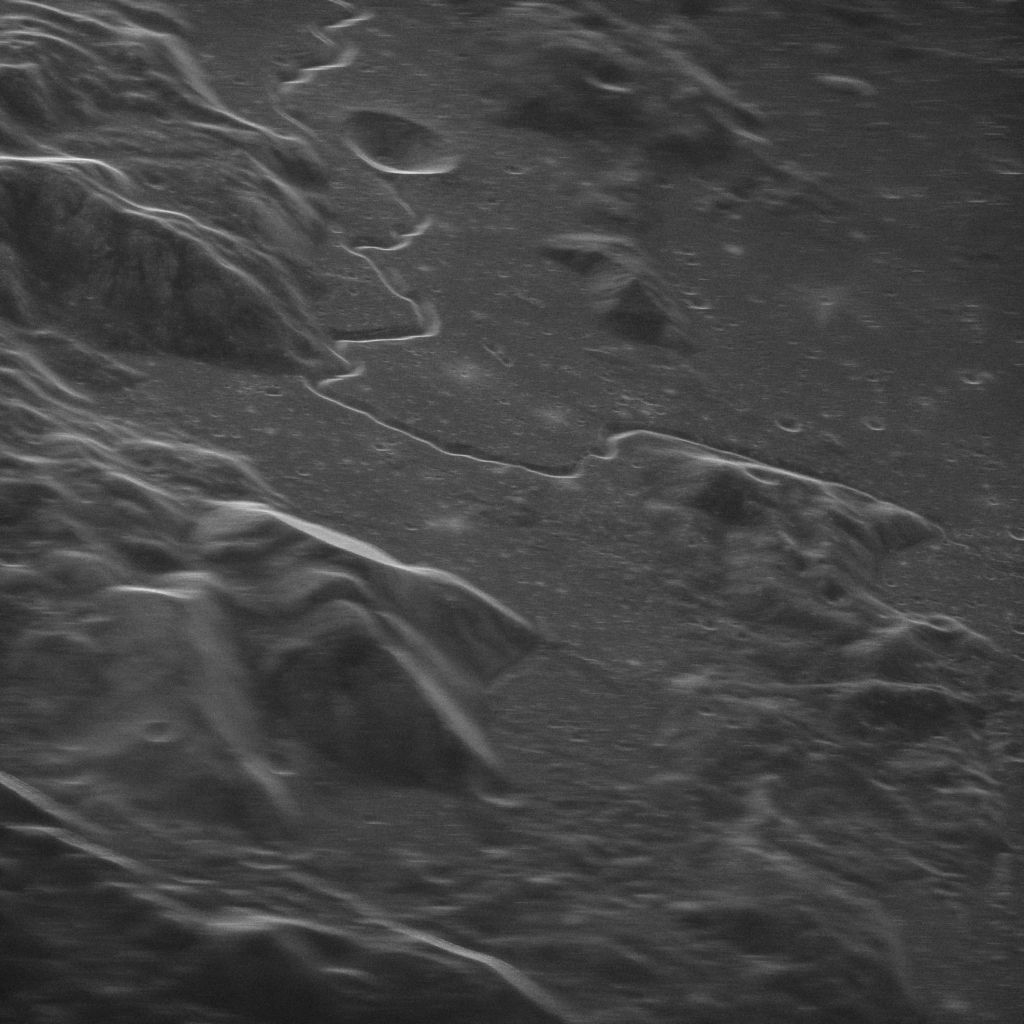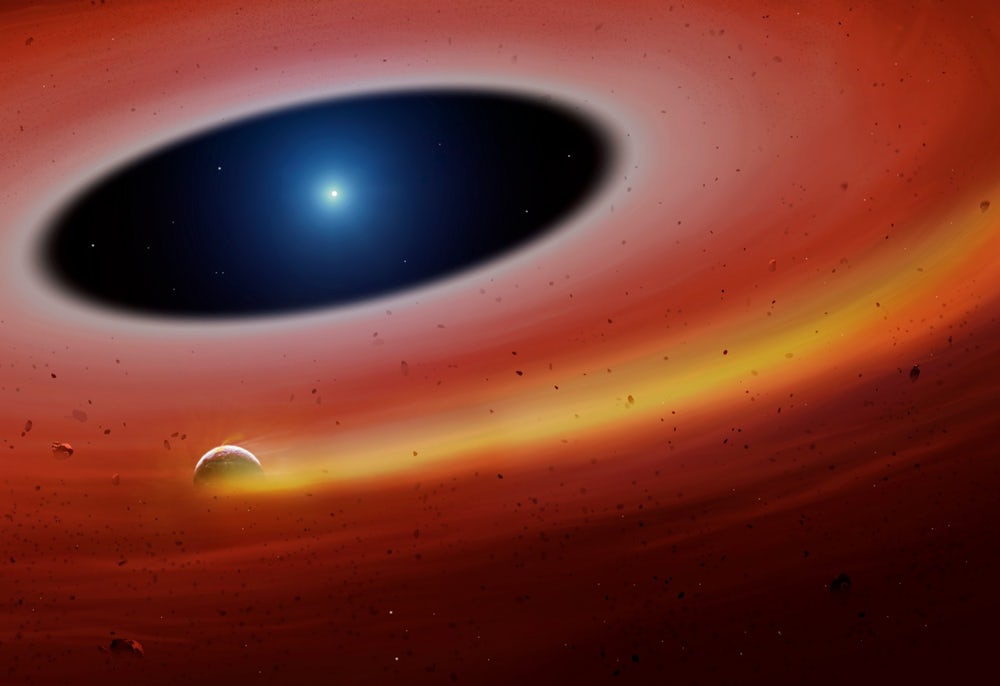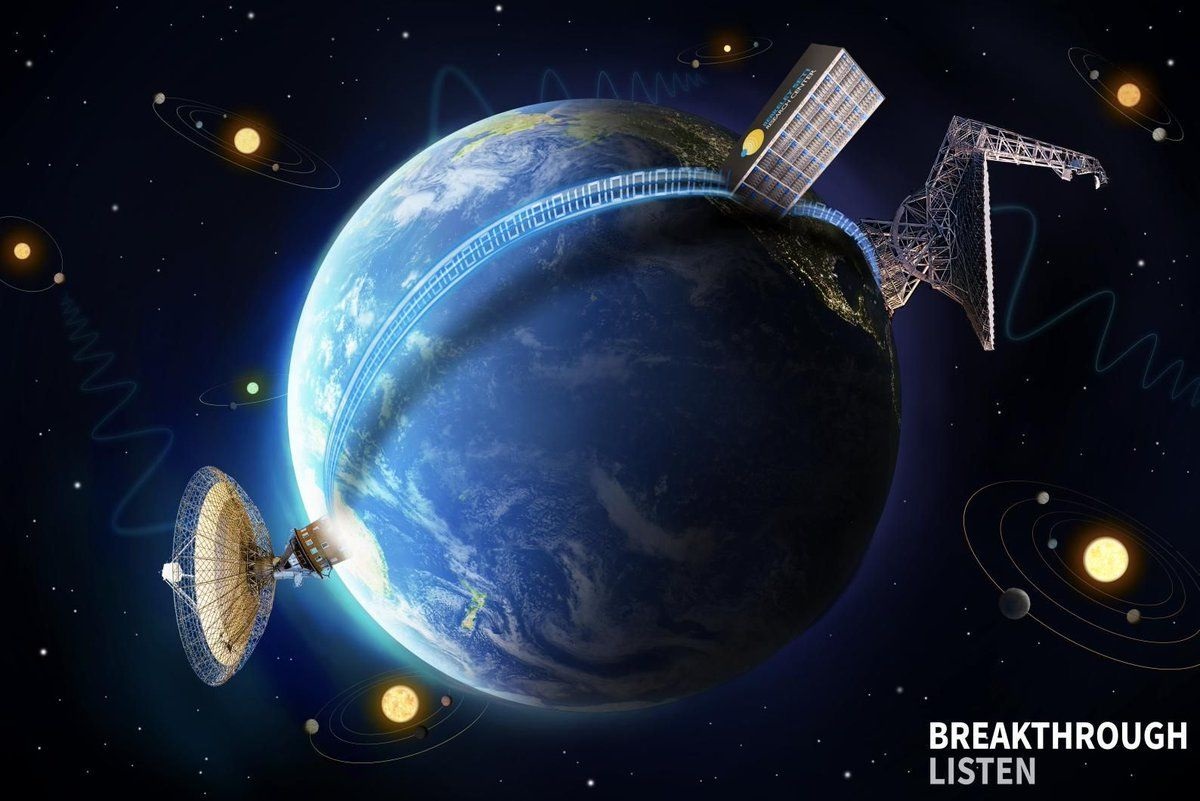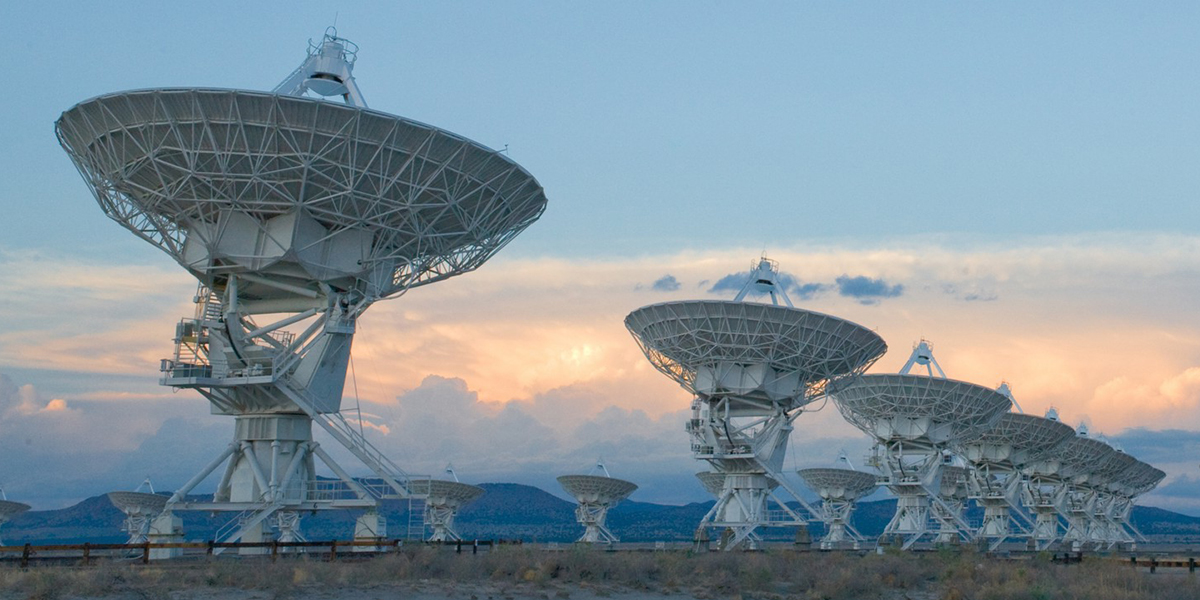Observational astronomy is dependent on its data, and therefore also dependent on the instruments that collect that data. So when one of those instruments fails it is a blow to the profession as a whole. The collapse of the Arecibo Telescope last year after it was damaged by Hurricane Maria in 2017 permanently deprived the radio astronomy world of one of its primary observational tools. Now a team at the National Radio Astronomy Observatory (NRAO) hopes to upgrade an existing telescope at the Green Bank Observatory in West Virginia to replace the failed Puerto Rican one and provide even more precise images of near Earth objects in the radio spectrum.
Continue reading “A New Radar Instrument Will Try To Fill the Void Left By Arecibo”Dead Planets Around White Dwarfs Could Emit Radio Waves We Can Detect, Sending Out Signals for Billions of Years
When a star reaches the end of its life cycle, it will blow off its outer layers in a fiery explosion known as a supernova. Where less massive stars are concerned, a white dwarf is what will be left behind. Similarly, any planets that once orbited the star will also have their outer layers blown off by the violent burst, leaving behind the cores behind.
For decades, scientists have been able to detect these planetary remnants by looking for the radio waves that are generated through their interactions with the white dwarf’s magnetic field. According to new research by a pair of researchers, these “radio-loud” planetary cores will continue to broadcast radio signals for up to a billion years after their stars have died, making them detectable from Earth.
Continue reading “Dead Planets Around White Dwarfs Could Emit Radio Waves We Can Detect, Sending Out Signals for Billions of Years”Want to Find Aliens? The Largest Dataset in the History of SETI has Been Released to the Public
In 2016, Russian-Israeli billionaire Yuri Milner launched Breakthrough Initiatives, a massive non-profit organization dedicated to the search for extra-terrestrial intelligence (SETI). A key part of their efforts to find evidence of intelligent life is Breakthrough Listen, a $100 million program that is currently conducting a survey of one million of the nearest stars and the 100 nearest galaxies.
In keeping with their commitment to making the results of their surveys available to the public, the Listen team recently submitted two papers to leading astrophysical journals. These papers describe the analysis of Listen’s first three years of radio observations which resulted in a petabyte of radio and optical data, the single largest release of SETI data in the history of the field.
Continue reading “Want to Find Aliens? The Largest Dataset in the History of SETI has Been Released to the Public”Breakthrough Detects Repeating Fast Radio Bursts Coming from Distant Galaxy
In July of 2015, Russian billionaire Yuri Milner announced the creation of Breakthrough Listen, a decade-long project that would conduct the largest survey to date for signs of extra-terrestrial communications (ETI). As part of his non-profit organization, Breakthrough Initiatives, this survey would rely on the latest in instrumentation and software to observe the 1,000,000 closest stars and 100 closest galaxies.
Using the Green Bank Radio Telescope in West Virginia, the Listen science team at UC Berkeley has been observing distant stars for over a year now. And less than a week ago, they observed 15 Fast Radio Bursts (FRBs) coming from a dwarf galaxy located three billion light-years away. According to a study that described their findings, this was the first time that repeating FRBs have been seen coming from this source at these frequencies.
The team’s study, titled “FRB 121102: Detection at 4 – 8 GHz band with Breakthrough Listen backend at Green Bank“, was recently published in The Astronomers Telegraph. Led by Dr. Vishal Gajjar – a postdoctoral researcher at the University of California, Berkeley – the team conducted a detailed survey of FRB 121102. This repeating FRB source is located in a dwarf galaxy in Auriga constellation, some 3 billion light-years from Earth.
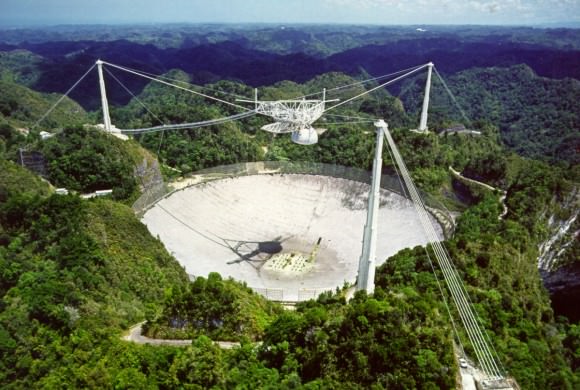
To clarify, FRBs are brief, bright pulses of radio waves that are periodically detected coming from distant galaxies. This strange astronomical phenomena was first detected in 2007 by Duncan Lorimer and David Narkovic using the Parkes Telescope in Australia. To honor their discovery, FRBs are sometimes referred to as “Lorimer Bursts”. Many FRB sources have been confirmed since then, some of which were found repeating.
The source known as FRB 121101 was discovered back on November 2nd, 2012, by astronomers using the Arecibo radio telescope. At the time, it was the first FRB to be discovered; and by 2015, it became the first FRB to be seen repeating. This effectively ruled out the possibility that repeating FRBs were caused by catastrophic events, which had previously been theorized.
And in 2016, FRB 121102 was the first FRB to have its location pinpointed to such a degree that its host galaxy could be identified. As such, the Listen science team at UC Berkeley was sure to add FRB 121102 to their list of targets. And in the early hours of Saturday, August 26th, Dr. Vishal Gajjar – a postdoctoral researcher at UC Berkeley – observed FRB 121102 using the Green Bank Radio Telescope (GBRT) in West Virginia.
Using the Digital Backend instrument on the GBRT, Dr. Gajjar and the Listen team observed FRB 121102 for five hours. From this, they accumulating 400 terabytes of data in the entire 4 to 8 GHz frequency band which they then analyzed for signs of short pulses over a broad range of frequencies. What they found was evidence of 15 new pulses coming from FRB 121102, which confirmed that it was in a newly active state.
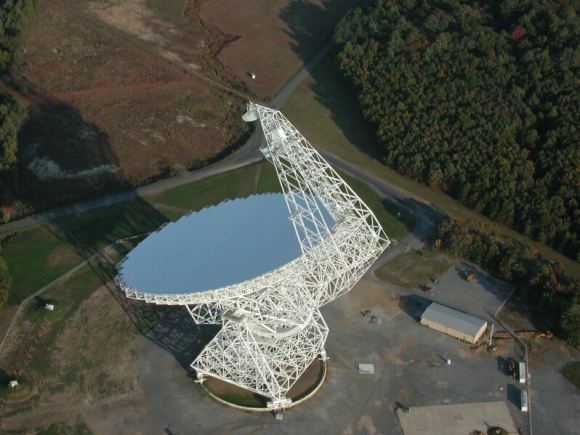
In addition, their observations revealed that the brightest of these 15 emissions occurred at around 7 GHz. This was higher than any repeating FRBs seen to date, which indicated for the first time that they can occur at frequencies higher than previously thought. Last, but not least, the high-resolution data the Listen team collected is expected to yield valuable insights into FRBs for years to come.
This was made possible thanks to the Digital Backend instrument on the GBRT, which is able to record several GHz of bandwidth simultaneously and split the information into billions of individuals channels. This enables scientists to study the proprieties and the frequency spectrum of FRBs with greater precision, and should lead to new theories about the causes of these radio emissions.
So even if these particular signals should prove to not be an indication of extra-terrestrial intelligence, Listen is still pushing the boundaries of what is possible with radio astronomy. And given that Breakthrough Listen is less than two years into its proposed ten-year survey, we can expect many more sources to be observed and studied in the coming years. If there’s evidence of ETI to be found, we’re sure to find out about it sooner or later!
And be sure to check out this video of the Green Bank Telescope and the surveys it allows for, courtesy of Berkeley SETI:
Further Reading: Breakthrough Initiatives
Breakthrough Listen Publishes First Analysis Of 692 Stars In ET Search

In July of 2015, Breakthrough Initiatives – a non-profit dedicated to the search for extra-terrestrial intelligence, founded by Yuri Milner – announced the creation of Breakthrough Listen. A ten-year initiative costing $100 million, this program was aimed at using the latest in instrumentation and software to conduct the largest survey to date for extraterrestrial communications, encompassing the 1,000,000 closest stars and 100 closest galaxies.
On Thursday, April. 20th, at the Breakthrough Discuss conference, the organization shared their analysis of the first year of Listen data. Gathered by the Green Bank Radio Telescope, this data included an analysis of 692 stars, as well as 11 events that have been ranked for having the highest significance. The results have been published on the project’s website, and will soon be published in the Astrophysical Journal.
Since 2016, Breakthrough Listen has been gathering data with the Green Bank Radio Telescope in West Virginia, the Lick Observatory’s Automated Planet Finder on Mt. Hamilton in California, and the Parkes Radio Telescope in Australia. This data is analyzed by the Listen science team at the Berkeley SETI Research Center (BSRC), who rely on a specially-designed data pipeline to scan through billions of radio channels for any sign of unique signals.
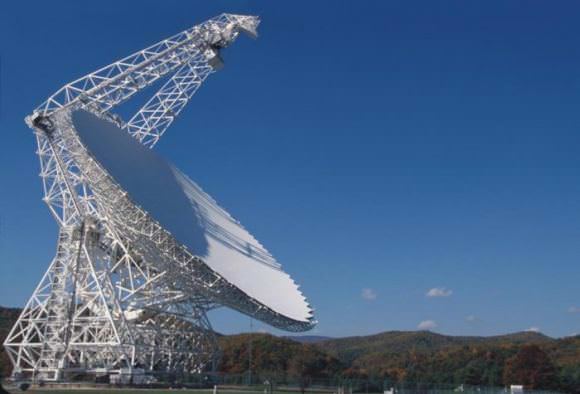
While the results were not exactly definitive, this is just the first step in a program that will span a decade. As Dr. Andrew Siemion, the Director of the BSRC, explained in a BI press release:
“With the submission of this paper, the first scientific results from Breakthrough Listen are now available for the world to review. Although the search has not yet detected a convincing signal from extraterrestrial intelligence, these are early days. The work that has been completed so far provides a launch pad for deeper and more comprehensive analysis to come.”
The Green Bank Telescope searched for these signals using its “L-band” receiver, which gathers data in frequencies ranging from 1.1 to 1.9 GHz. At these frequencies, artificial signals can be distinguished from natural sources, which includes pulsars, quasars, radio galaxies and even the Cosmic Microwave Background (CMB). Within these parameters, the BSRC team examined 692 stars from its primary target list.
For each star, they conducting three five-minutes observation periods, while also conducting five-minute observations on a set of secondary targets. Combined with a Doppler drift search – a perceived difference in frequency caused by the motion of the source or receiver (i.e. the star and/or Earth) – the Listen science team identified channels where radio emission were seen for each target (aka. “hits”).
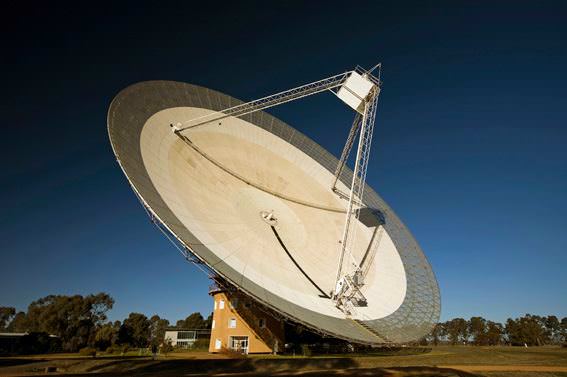
This led to a combined 400 hours and 8 petabytes worth of observational data. All together, the team found millions of hits from the sample data as a whole, and eleven events that rose above the threshold for significance. These events (which are listed here) took place around eleven distant stars and ranged from to 25.4 to 3376.9 SNR (Signal-to-Noise Ratio).
However, the vast majority of the overall hits were determined to be the result of radio frequency interference from local sources. What’s more, further analysis of the 11 events indicated that it was unlikely that any of the signals were artificial in nature. While these stars all exhibited their own unique radio “fingerprints”, this is not necessarily an indication that they are being broadcast by intelligent species.
But of course, finding localized and unusual radio signals is an excellent way to select targets for follow-up examination. And if there is evidence to be found out there of intelligent species using radio signals to communicate, Breakthrough Listen is likely to be the one that finds them. Of all the SETI programs mounted to date, Listen is by far the most sophisticated.
Not only do its radio surveys cover 10 times more sky than previous programs, but its instruments are 50 times more sensitive than telescopes that are currently engaged in the search for extra-terrestrial life. They also cover 5 times more of the radio spectrum, and at speeds that are 100 times as fast. Between now and when it concludes in the coming decade, the BSRC team plans to release updated Listen data once every six months.
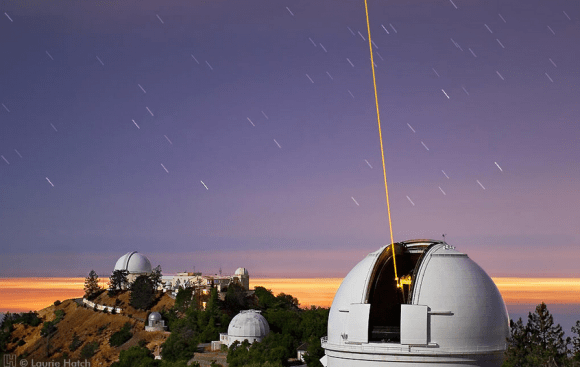
In the meantime, they are actively engaging with signal processing and machine learning experts to develop more sophisticated algorithms to analyze the data they collect. And while they continue to listen for extra-solar sources of life, Breakthrough Starshot continues to develop the first concept for a laser-driven lightsail, which they hope will make the first interstellar voyage in the coming years.
And of course, we here in the Solar System are looking forward to missions in the coming decade that will search for life right here, in our own backyard. These include missions to Europa, Enceladus, Titan, and other “ocean worlds” where life is believed to exist in some exotic form!
Breakthrough Listen‘s data analysis can be found here. Director Andrew Siemion also took to Facebook Live on Thursday, April 20th, to presents the results of Listen’s first year of study.And be sure to check out this video that marked the launch of Breakthrough Initiatives:
Further Reading: Breakthrough Initiatives, Berkeley SETI
Watch SETI-Seeking Radio Dishes Dance Across the Universe

Radio dishes always evoke wonder, as these giants search for invisible (to our eyes, anyway) radio signals from objects like distant quasars, pulsars, masers and more, including potential signals from extraterrestrials. This new timelapse from Harun Mehmedinovic and Gavin Heffernan of Sunchaser Pictures was shot at several different radio astronomy facilities — the Very Large Array (VLA) Observatory in New Mexico, Owens Valley Observatory in Owens Valley California, and Green Bank Observatory in West Virginia. All three of these facilities have been or are still being partly used by the SETI (Search for the Extraterrestrial Intelligence) program.
Watch the dishes dance in their search across the Universe!
The huge meteorite streaking across the sky above Very Large Array (2:40) is from the Aquarids meteor shower. The large radio telescope at Green Bank is where scientists first attempted to “listen” to presence of extraterrestrials in the galaxy. The Very Large Array was featured in the movie CONTACT (1997) while Owens Observatory was featured in THE ARRIVAL (1996).
This video was created for SkyGlowProject.com, a crowdfunded educational project that explores the effects and dangers of urban light pollution in contrast with some of the most incredible Dark Sky Preserves in North America.
The music is by Tom Boddy, and titled “Thoughtful Reflections.”
Thanks to Gavin Heffernan for sharing this video.
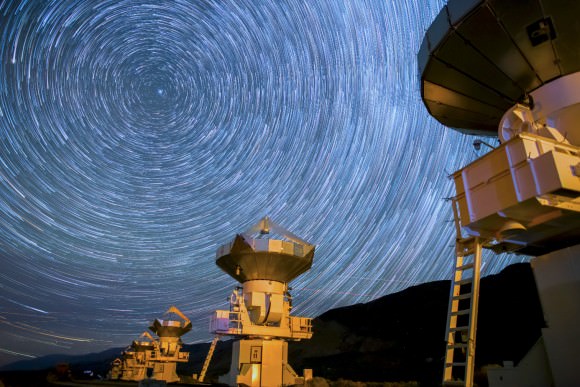
SKYGLOW: DISHDANCE from Sunchaser Pictures on Vimeo.
Hydrogen Clouds Discovered Between Andromeda And Triangulum Galaxies
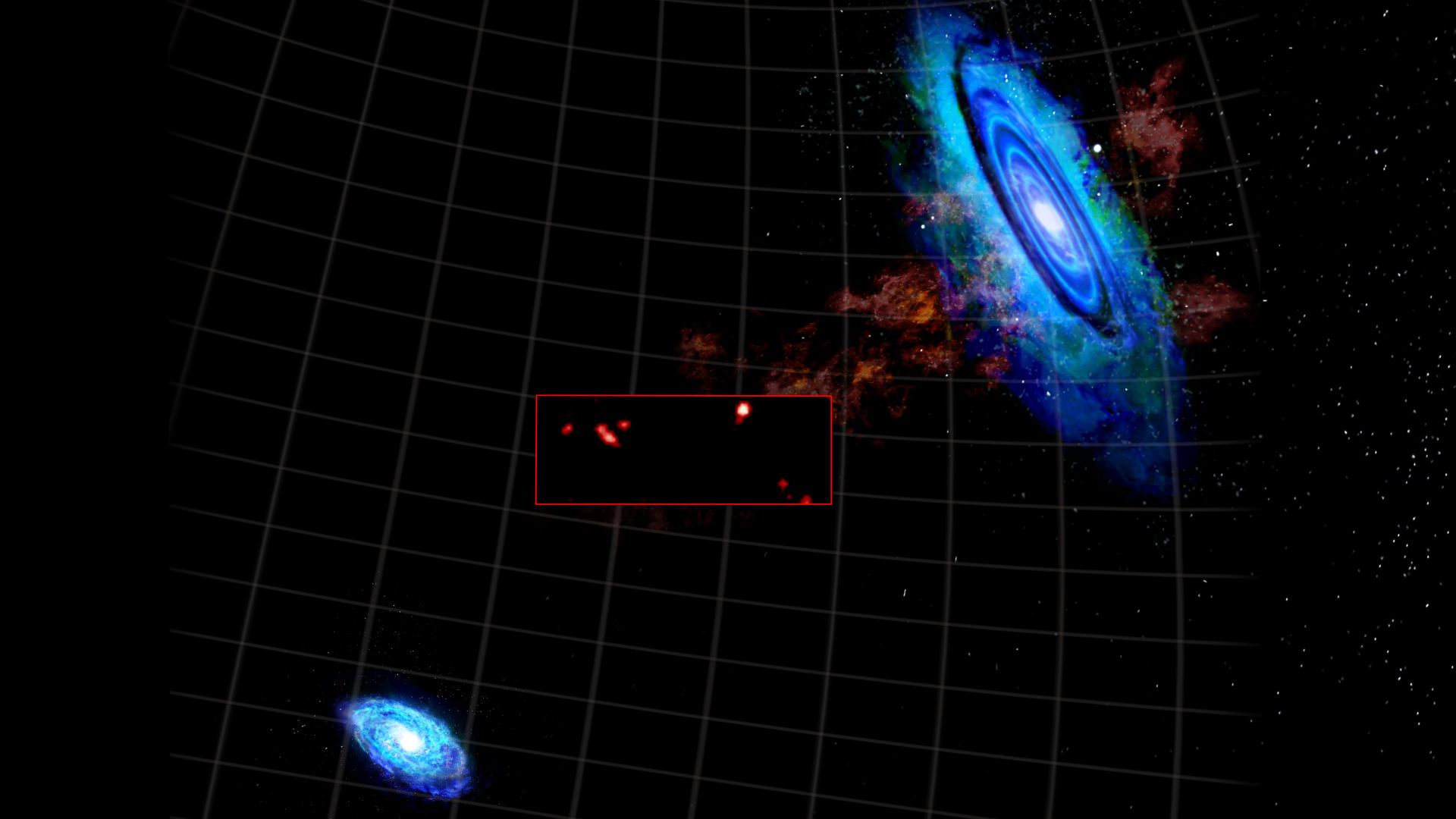
Score another point for the National Science Foundation’s Green Bank Telescope (GBT) at the National Radio Astronomy Observatory (NRAO) in Green Bank. They have opened our eyes – and ears – to previously undetected region of hydrogen gas clouds located in the area between the massive Andromeda and Triangulum galaxies. If researchers are correct, these dwarf galaxy-sized sectors of isolated gases may have originated from a huge store of heated, ionized gas… Gas which may be associated with elusive and invisible dark matter.
“We have known for some time that many seemingly empty stretches of the Universe contain vast but diffuse patches of hot, ionized hydrogen,” said Spencer Wolfe of West Virginia University in Morgantown. “Earlier observations of the area between M31 and M33 suggested the presence of colder, neutral hydrogen, but we couldn’t see any details to determine if it had a definitive structure or represented a new type of cosmic feature. Now, with high-resolution images from the GBT, we were able to detect discrete concentrations of neutral hydrogen emerging out of what was thought to be a mainly featureless field of gas.”
So how did astronomers detect the extremely faint signal which clued them to the presence of the gas pockets? Fortunately, our terrestrial radio telescopes are able to decipher the representative radio wavelength signals emitted by neutral atomic hydrogen. Even though it is commonplace in the Universe, it is still frail and not easy to observe. Researchers knew more than 10 years ago that these repositories of hydrogen might possibly exist in the empty space between M33 and M32, but the evidence was so slim that they couldn’t draw certain conclusions. They couldn’t “see” fine grained structure, nor could they positively identify where it came from and exactly what these accumulations meant. At best, their guess was it came from an interaction between the two galaxies and that gravitational pull formed a weak “bridge” between the two large galaxies.
The animation demonstrates the difference in resolution from the original Westerbork Radio Telescope data (Braun & Thilker, 2004) and the finer resolution imaging of GBT, which revealed the hydrogen clouds between M31 and M33. Bill Saxton, NRAO/AUI/NSF Credit: Bill Saxton, NRAO/AUI/NSF.
Just last year, the GBT observed the tell-tale fingerprint of hydrogen gas. It might be thin, but it is plentiful and it’s spread out between the galaxies. However, the observations didn’t stop there. More information was gathered and revealed the gas wasn’t just ethereal ribbons – but solid clumps. More than half of the gas was so conspicuously aggregated that they could even have passed themselves off as dwarf galaxies had they a population of stars. What’s more, the GBT also studied the proper motion of these gas pockets and found they were moving through space at roughly the same speed as the Andromeda and Triangulum galaxies.
“These observations suggest that they are independent entities and not the far-flung suburbs of either galaxy,” said Felix J. Lockman, an astronomer at the NRAO in Green Bank. “Their clustered orientation is equally compelling and may be the result of a filament of dark matter. The speculation is that a dark-matter filament, if it exists, could provide the gravitational scaffolding upon which clouds could condense from a surrounding field of hot gas.”
And where there is neutral hydrogen gas, there is fuel for new stars. Astronomers also recognize these new formations could eventually be drawn into M31 and M33, eliciting stellar creation. To add even more interest, these cold, dark regions which exist between galaxies contain a large amount of “unaccounted-for normal matter” – perhaps a clue to dark matter riddle and the reason behind the amount of hydrogen yet to revealed in universal structure.
“The region we have studied is only a fraction of the area around M31 reported to have diffuse hydrogen gas,” said D.J. Pisano of West Virginia University. “The clouds observed here may be just the tip of a larger population out there waiting to be discovered.”
Original Story Source: National Radio Astronomy Observatory News Release.
‘Ultimate’ Prebiotic Molecules Found in Interstellar Space
The building blocks of life could have their beginnings in the tiny icy grains that make up the gas and dust found between the stars, and those icy grains could be the key to understanding how life can arise on planets. With help from students, researchers have discovered an important pair of prebiotic molecules in the icy particles in interstellar space. The chemicals, found in a giant cloud of gas about 25,000 light-years from Earth may be a precursor to a key component of DNA and another may have a role in the formation of an important amino acid.
“We found the ultimate prebiotic of prebiotic molecules,” said Anthony Remijan, of the National Radio Astronomy Observatory (NRAO).
Using the Green Bank Telescope (GBT) in West Virginia, researchers found a molecule called cyanomethanimine, which produces adenine, one of the four nucleobases that form the “rungs” in the ladder-like structure of DNA. The other molecule, called ethanamine, is thought to play a role in forming alanine, one of the twenty amino acids in the genetic code.
Previously, scientists thought such processes took place in the very tenuous gas between the stars. The new discoveries, however, suggest that the chemical formation sequences for these molecules occurred not in gas, but on the surfaces of ice grains in interstellar space.
“Finding these molecules in an interstellar gas cloud means that important building blocks for DNA and amino acids can ‘seed’ newly-formed planets with the chemical precursors for life,” said Remijan.
In each case, the newly-discovered interstellar molecules are intermediate stages in multi-step chemical processes leading to the final biological molecule. Details of the processes remain unclear, but the discoveries give new insight on where these processes occur.
“We need to do further experiments to better understand how these reactions work, but it could be that some of the first key steps toward biological chemicals occurred on tiny ice grains,” Remijan said.
The discoveries were made possible by new technology that speeds the process of identifying the “fingerprints” of cosmic chemicals. Each molecule has a specific set of rotational states that it can assume. When it changes from one state to another, a specific amount of energy is either emitted or absorbed, often as radio waves at specific frequencies that can be observed with the GBT.
New laboratory techniques have allowed astrochemists to measure the characteristic patterns of such radio frequencies for specific molecules. Armed with that information, they then can match that pattern with the data received by the telescope. Laboratories at the University of Virginia and the Harvard-Smithsonian Center for Astrophysics measured radio emission from cyanomethanimine and ethanamine, and the frequency patterns from those molecules then were matched to publicly-available data produced by a survey done with the GBT from 2008 to 2011.
A team of undergraduate students participating in a special summer research program for minority students at the University of Virginia (U.Va.) conducted some of the experiments leading to the discovery of cyanomethanimine.
“This is a pretty special discovery and proves that early-career students can do remarkable research,” said Books Pate, a U. Va professor who mentored the students.
Source: NRAO

